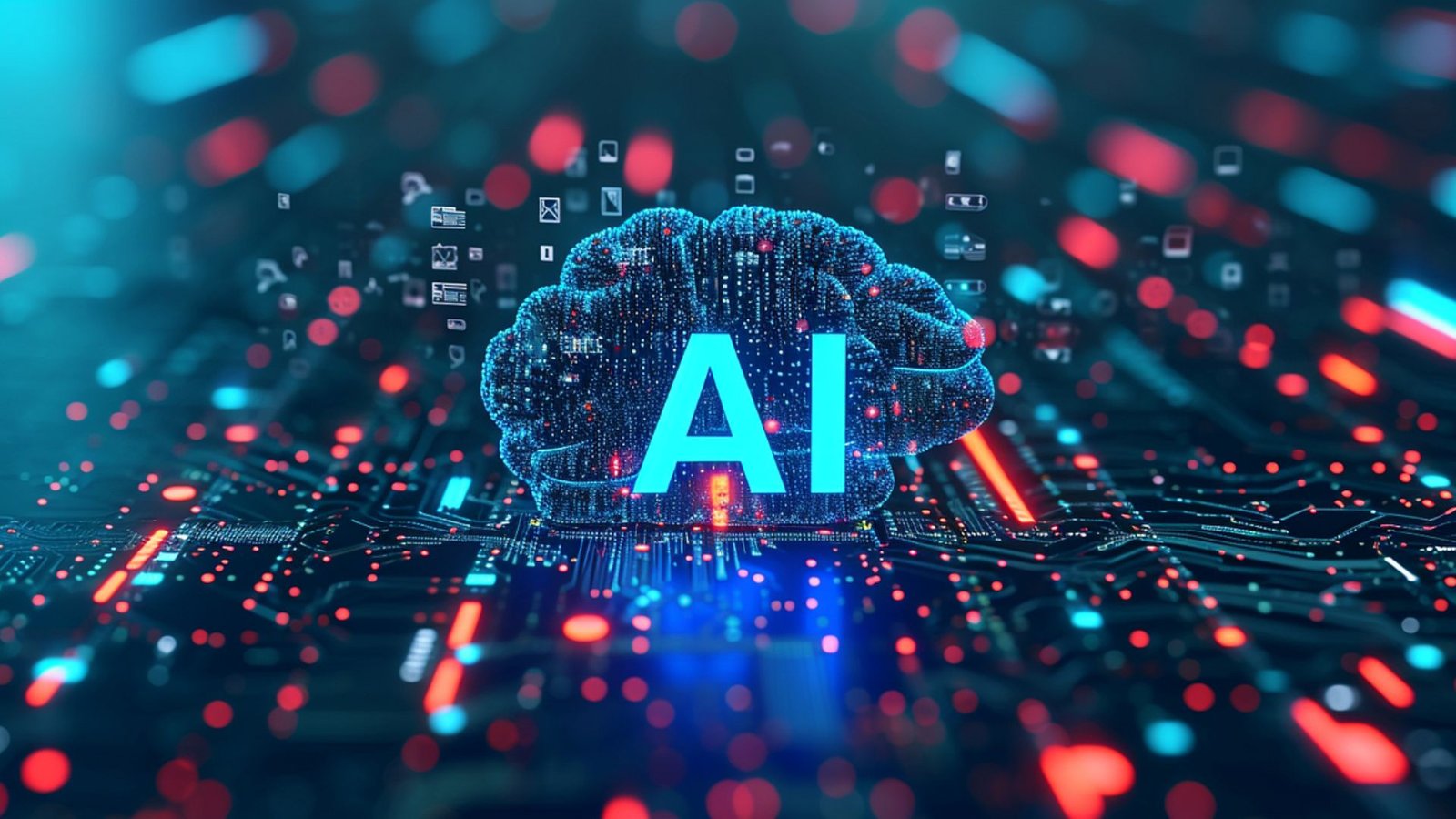Artificial Intelligence (AI) is revolutionizing the advertising industry, transforming how businesses reach and engage with their audiences. By leveraging AI, advertisers can enhance targeting precision, optimize campaigns, and create more personalized experiences. Here’s a detailed look at how AI is reshaping the advertising landscape.

Enhanced Targeting and Personalization
AI enables advertisers to analyze vast amounts of data to understand consumer behavior and preferences. This insight allows for highly targeted advertising campaigns. AI algorithms can segment audiences based on various factors such as demographics, browsing history, and purchase behavior. By tailoring ads to individual preferences, brands can deliver more relevant content, increasing engagement and conversion rates.
Predictive Analytics for Better Decision-Making
Predictive analytics powered by AI helps advertisers anticipate future trends and consumer behaviors. AI models analyze historical data to forecast outcomes and identify potential opportunities. This capability allows advertisers to make data-driven decisions, optimize their strategies, and allocate resources more effectively. By predicting which ads will perform best, businesses can improve their return on investment (ROI).
Automated Ad Creation and Optimization
AI-driven tools automate the creation and optimization of ads. Machine learning algorithms can generate ad copy, design elements, and even adjust bids in real-time based on performance metrics. This automation streamlines the advertising process, reduces the need for manual intervention, and ensures that ads are continuously optimized for better results. As a result, advertisers can focus on strategic planning rather than day-to-day management.
Dynamic Pricing and Bidding
AI enhances dynamic pricing and bidding strategies in real-time advertising auctions. Algorithms analyze market conditions, competitor actions, and consumer behavior to adjust bids and pricing dynamically. This approach ensures that ads reach the right audience at the right time while maximizing budget efficiency. AI’s ability to adapt quickly to changing conditions helps businesses stay competitive and achieve optimal ad placements.
Chatbots and Virtual Assistants
AI-powered chatbots and virtual assistants improve customer interactions and support. These tools can handle customer inquiries, provide personalized recommendations, and guide users through the purchasing process. By integrating chatbots into advertising strategies, businesses can enhance user experience, increase engagement, and drive conversions. Chatbots also gather valuable data on customer preferences and behaviors, which can inform future marketing efforts.
Visual Recognition and Analysis
AI technology, such as computer vision, enables advertisers to analyze and categorize visual content. This capability allows for advanced image and video recognition, which can be used to assess brand visibility and engagement. AI can identify logos, products, and even emotions in visual content, providing insights into how consumers interact with ads. This analysis helps advertisers refine their visual strategies and create more compelling content.
Fraud Detection and Prevention
AI plays a crucial role in detecting and preventing ad fraud. Machine learning algorithms monitor ad traffic and user interactions to identify suspicious patterns and anomalies. By flagging fraudulent activities, such as click fraud or fake impressions, AI helps advertisers protect their budgets and ensure that their ads reach genuine audiences. This capability enhances the integrity of advertising campaigns and improves overall ROI.
Sentiment Analysis
AI-driven sentiment analysis tools analyze social media and online content to gauge public sentiment toward brands and campaigns. By understanding how consumers feel about a brand or product, advertisers can tailor their messaging and strategies accordingly. Sentiment analysis provides valuable feedback on campaign performance and helps businesses address any issues or opportunities for improvement.
Content Generation and Curation
AI tools assist in generating and curating content for advertising campaigns. Natural Language Processing (NLP) algorithms can create engaging copy, headlines, and even social media posts. Additionally, AI can curate content based on user interests and preferences, ensuring that ads remain relevant and engaging. This automation accelerates content creation and enhances the overall quality of advertising materials.
Real-Time Analytics and Reporting
AI provides real-time analytics and reporting capabilities, allowing advertisers to track campaign performance and make immediate adjustments. Dashboards and reporting tools powered by AI offer insights into key metrics, such as click-through rates, conversion rates, and ROI. This real-time feedback enables advertisers to optimize their strategies on the fly and achieve better outcomes.
Conclusion
Artificial Intelligence is transforming the advertising industry by enhancing targeting precision, automating processes, and providing valuable insights. By leveraging AI, advertisers can create more personalized and effective campaigns, optimize their strategies, and stay ahead in a competitive market. As AI continues to evolve, its role in advertising will only grow, offering new opportunities for innovation and success.




